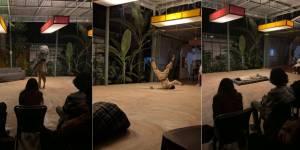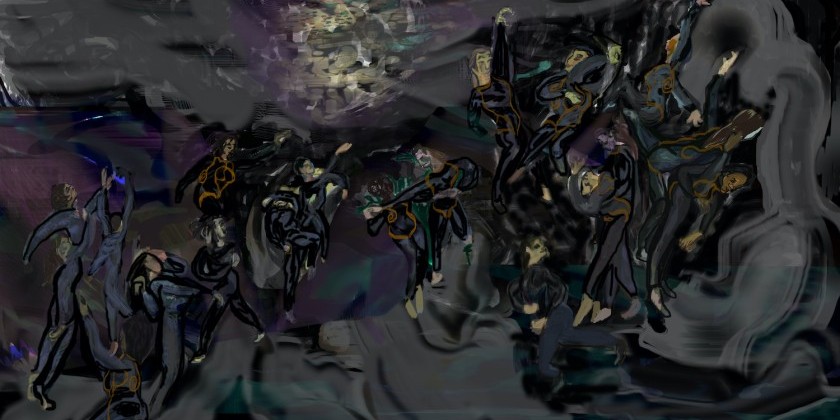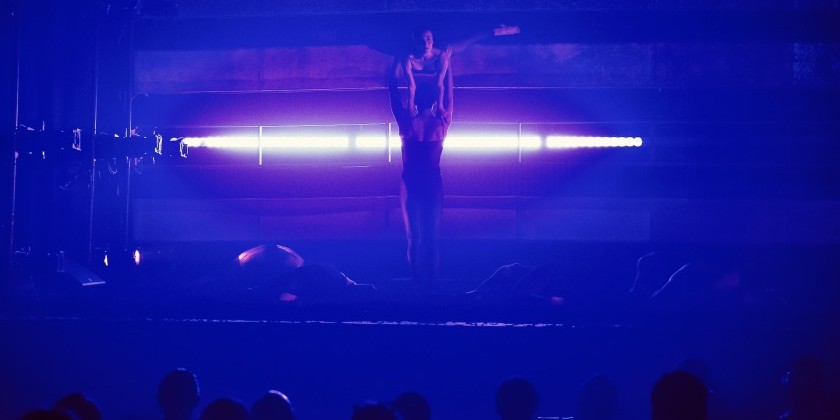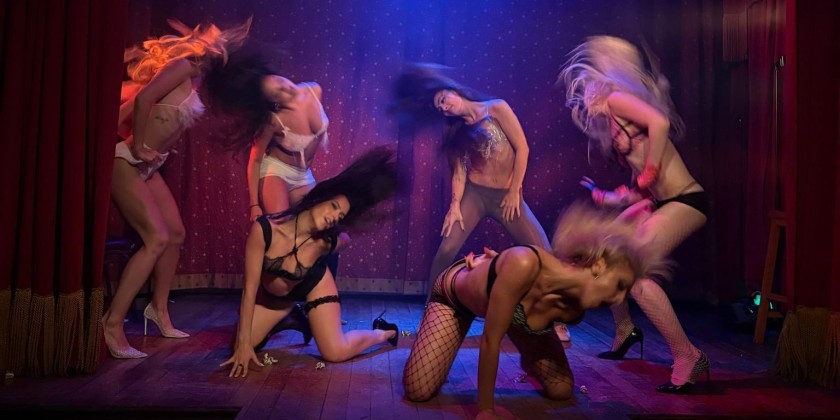AUDIENCE REVIEW: Jazz Choreography Enterprises' Spring 2023 Jazz Dance Project
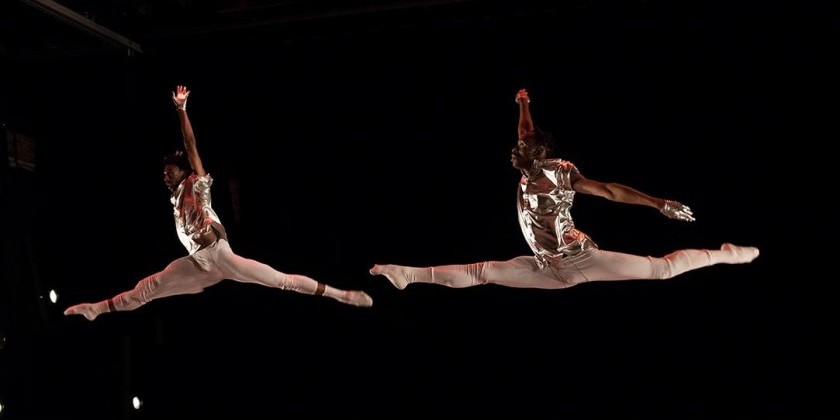
Company:
Jazz Choreography Enterprises
Performance Date:
April 30th, 2023
Freeform Review:
Jazz Choreography Enterprises (JCE)’s Spring 2023 Jazz Dance Project was the perfect way to close April, which happens to be International Jazz Month. Fourteen jazz pieces in a variety of styles filled the KnJ Theater at Peridance on Saturday April 29th and Sunday April 30th .
The JCE Jazz Dance Project is a semiannual performance — occurring in the Fall and the Spring — facilitated by JCE. The concert’s goal is to showcase jazz choreography by emerging and established artists.
Sunday’s performance featured a talkback with eight of the fourteen choreographers. Many of the choreographers expressed a desire to create dance because they wanted to share their personal life experience, and their happiness, with others. In addition, the choreographers unanimously aimed to create an environment that was a joyous, safe space for their dancers and collaborators.
The choreographers also stated that Jazz is a wide umbrella, with many legacies and lineages stemming from it. Some choreographers hesitated to label their work in a particular style at all, while others admitted that they wanted to move towards Jazz as to put more lighthearted work out into the world.
Lightheartedness was absolutely recurring. The program opened on a bright, sparkling note with Michelle Isaac’s “You’ve Got to Be Seen,” which featured dancers from Eden Brooklyn Dance Theater and IFE Youth Dance Theater. The eighteen dancers leapt, chaînéd, and swirled through the space, dancing to the Emerald City Sequence from “The Wiz” by Charlie Smalls. The dance was an eclectic battle between the colors green, red, and gold, and incorporated exciting costume changes between the three colors.
I also felt light after watching “Running Local,” Taylor Gordon’s joyous testament to New York City; “Feist(meist)er (excerpt)” Erinn Liebhard’s playful investigation of recurring angular hand motifs paired with the dancers’ thoughtful interactions and flannel shirts; “Smooth Sailing,” Jaime Shannon’s ode to the Lindy Hop’s Shorty George dance, with the piece’s quartet moving in near perfect unison; and “Jessie’s Girl,” which felt straight out of a music video of Rick Springfield’s classic song, with a brilliant twist at the end!
Other works transported the audience to more abstract, serious atmospheres. “Calle Soul,” created by Cory “Nova” Villegas, featured the seventeen dancers of The Beacon Dance Company, a student group. These dancers took ownership of the space, dancing with strong, grounded movement qualities to a percussive music score by Tito Puente. The second, and only other, student work on the program was “A Vigilant Harem.” This dance was created by Bryan Knowlton for the Steps on Broadway Conservatory senior class. This work also offered a more serious tone; Knowlton was inspired by watching the comradery and strength of a pack of wolves, which highlight the female wolves as most important to the pack. Knowlton decided to blend his interest with these primitive interactions with the bonds that the seniors at Steps on Broadway have shared over these last two years, culminating in a striking, intense dance.
In between light and dark moods were the works that simply brought the drama. I loved the smoky atmosphere of Sofia Bengoa’s “Cuentos de la Rumba,” a testament to the Rumba dance genre. I felt equal passion from Misaki Hayama’s solo, “Black Rain,” where Misaki gave her expressive, committed energy as she danced to music by Japanese singer-songwriter Ringo Shiina. In addition, I can still remember the intensity of Bobby Morgan’s duet titled “Saturn,” where Bobby Morgan and Maurice (Moe) Ivy mirrored each other in a beautiful way.
“Progress” by Robert Redick still has me thinking about how smooth each dancer’s transitions were. While the dancers’ focuses were internal, their bodies portrayed beautiful connections between each movement, and between each other. This dance had a lot of pull, offering a longing energy.
Leah Suskind’s “VII” was a stunning work for six that left the audience satisfied. Although Leah is likely one of the youngest choreographers of the fourteen works, “VII” was maturely crafted, and offered all six dancers space to shine. I loved VII’s phrasework, which incorporated intricate hand gestures, floorwork, and lots of pull amongst the dancers.
“Gallimaufry” by Lauren Pagano ended sooner than I wanted it to. This piece, set for eight dancers, was a playful and extremely musical work that featured music by Leroy Anderson. Lauren Pagano explained during the talkback that she had explored Leroy Anderson’s “life works” until finding music that suited her ideas when creating an earlier version of this piece. I loved seeing how the dancers moved to the sounds of the typewriter and plucking musical notes, moving dynamically with one another.
Ending the program was Kenya Joy Gibson’s “Laissez Ies Bons Temps Rouler,” which was a work honoring Black legacies. This piece was performed by the eleven dancers of TORCH Dance Theatre. Although the dance was set at a funeral in New Orleans, Louisiana, it was certainly a celebration rather than a moment of mourning. “Laissez Ies Bons Temps Rouler” honored that root Jazz is connected to ancestors, and today continues to carry on a legacy of tradition.
The JCE Jazz Dance Project was an exciting performance of fourteen worlds. Although Jazz takes on many meanings and histories, this performance displayed that Jazz also takes on many futures.
Photo: Jan La Salle (@lasalleshoot)
Author:
Kristen Hedberg
Website:
kristenhedberg.org




